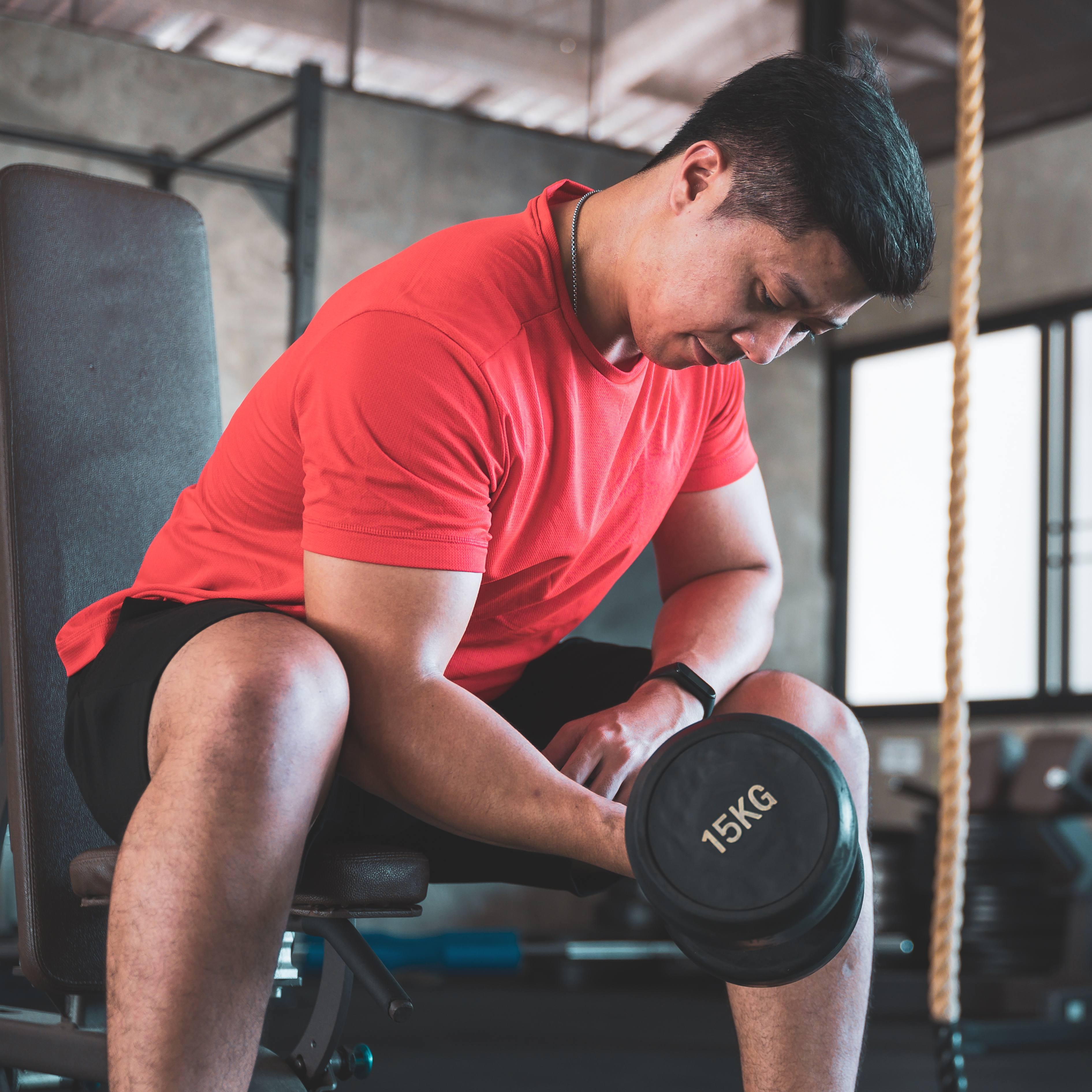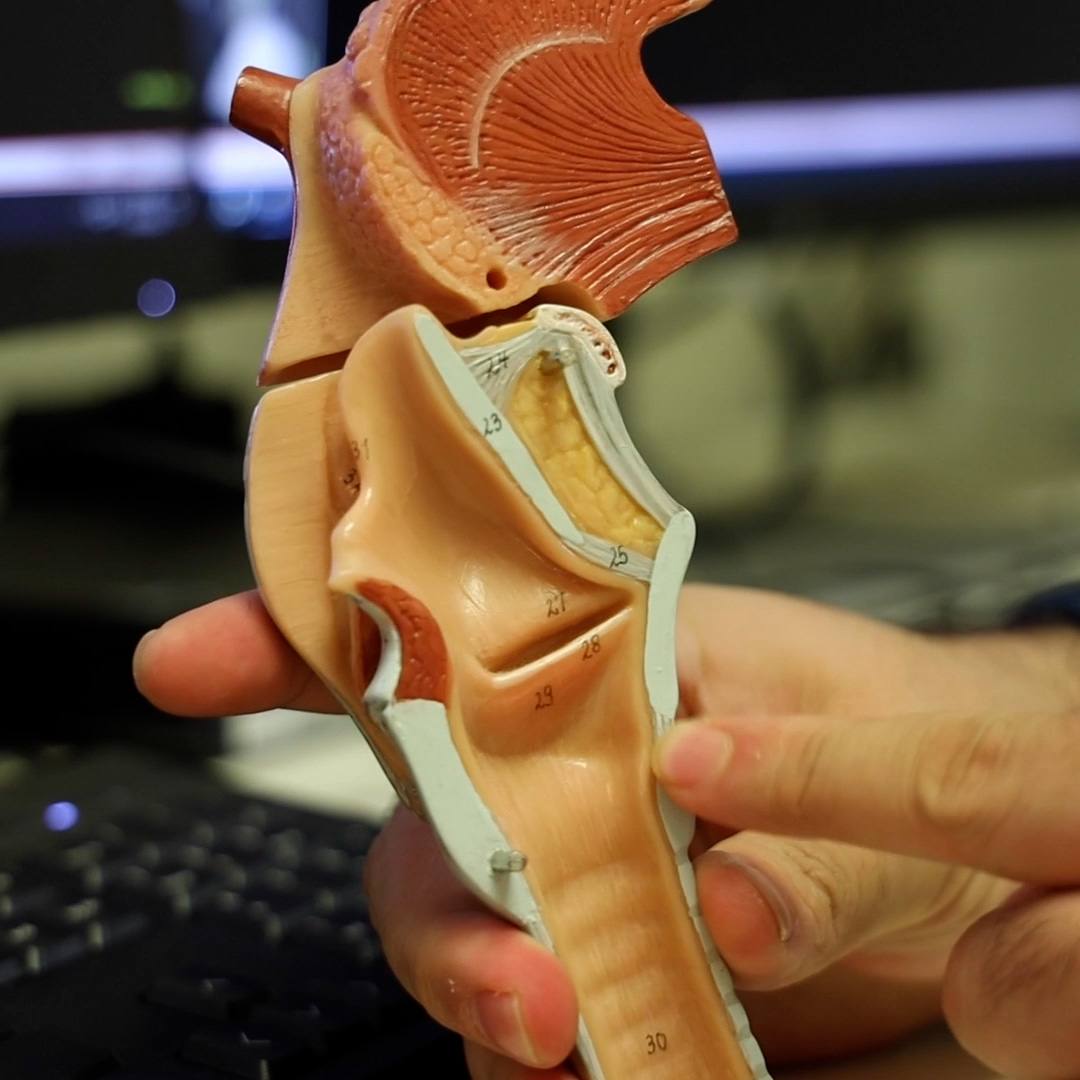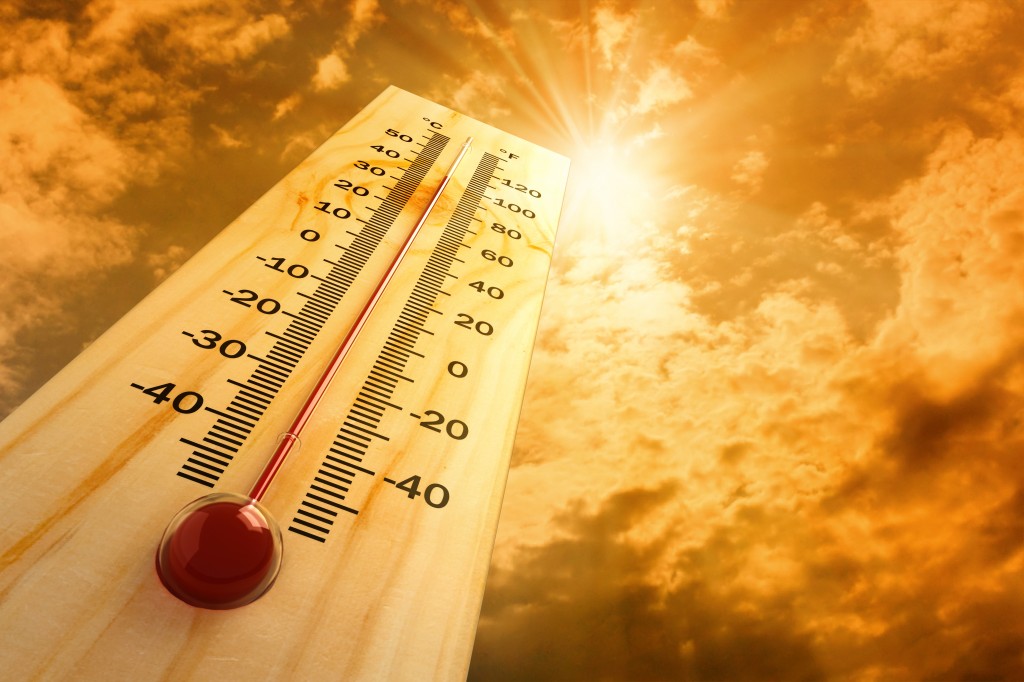-
Health & Wellness
Staying Safe in Scorching Temperatures
Today is National Heatstroke Prevention Day
Many northern communities in the United States are used to the winter thermometer dipping into negative numbers, but summer heat can often rival the challenges of a cold, snowy winter. As we move into August, one of the hottest months of the year, temperatures can easily exceed 100 degrees F, bringing the threat of heat illness and heat-related afflictions. Regional director of Mayo Clinic Health System Urgent Care, Ruth Bolton, M.D., offers this important preventive information.
Q. What is heat illness?
A. Heat illness is exactly what it sounds like — a sickness caused by heat. Heat illness can take multiple forms, each ranging in severity. The different types of heat illness, from mildest to most dangerous, include heat cramps, heat exhaustion and heat stroke.
Q. What are the symptoms of heat illness?
A. As heat illness progresses from cramps to exhaustion to stroke, the symptoms become more extreme.
Symptoms of heat cramps include:
- Muscle cramps — usually in the hands, calves or feet
- Heavy sweating
- Fatigue
- Strong thirst
- Nausea
Symptoms of heat exhaustion include all signs of heat cramps, as well as:
- Damp, cool skin with goose bumps when exposed to heat
- Dizziness
- Faintness
- Headache
- Low blood pressure
- Weak, rapid pulse/heartbeat
- Dark-colored urine
Symptoms of heat stroke include all signs of heat exhaustion, as well as:
- Change in mental state, such as confusion, hallucinations (seeing or hearing things) and slurred speech
- Increased body temperature — 104 degrees F or higher
- Hot, red, dry skin with no sweating
- Rapid breathing
- Vomiting or diarrhea
- Trouble walking
- Seizures
If you’re concerned you or someone else may be experiencing heat stroke, seek medical assistance immediately. Heat stroke is a medical emergency!
Q. How can I treat and prevent heat illness?
A. Fortunately, heat illness starts with mild symptoms, which you should heed as a warning to take precautions to prevent further complications. Here are some steps to treat and prevent heat illness:
- Drink cool liquids. Water and sports drinks are the most effective warm-weather drinks. Avoid alcohol as it can actually make you more dehydrated.
- Shed extra layers. Ditch long sleeves, gloves or any other type of clothing that’s contributing to an elevated body temperature. Make sure your clothes are loose enough so your body can breathe.
- Take a break somewhere cool. Find shade or an air-conditioned building to take refuge on a hot summer’s day. Put cold water on your skin during your break too. This will help cool down your skin and reduce your overall temperature.
- Avoid sunburn. Wear at least SPF 30 sunscreen, sunglasses and a wide-brimmed hat. These measures will help you avoid sunburn, which inhibits your body’s ability to cool itself.
- Don’t leave anyone in a hot car. Each year, multiple children die after being left in hot cars. This is never a safe practice, even if you crack the windows.
- Prepare your body. Get adjusted to the change in weather if you’re not familiar. Don’t overexert yourself, and be sure to drink plenty of fluids and take frequent breaks in cool places.
Q. What causes heat illness?
A. Basically, heat illness is caused by your body’s inability to cool itself efficiently. This occurs when your sweat is no longer cooling your body to the required level. Some outside causes are hot weather, vigorous physical activity, dehydration, alcohol consumption and overdressing. People who are very young or old, obese or on certain medications are most susceptible to heat illness. Talk to your health care team if you are concerned about your risk.
As you head to the beach, out for a run or to do yard work, consider these tips to help you stay healthy in the heat. A few preventive steps go a long way in helping you avoid potentially serious heat-related complications.
For more information, visit www.mayoclinichealthsystem.org.
Related Articles








